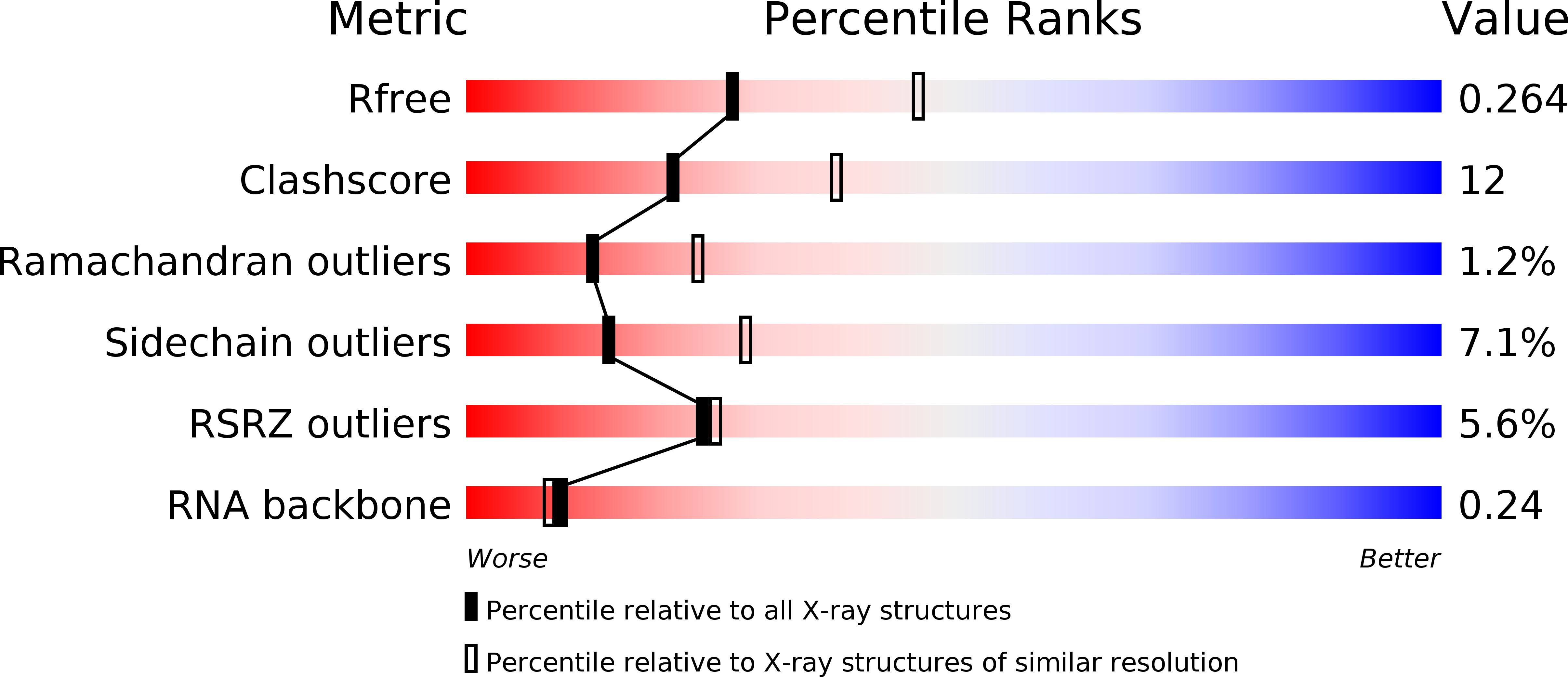
Deposition Date
2006-02-21
Release Date
2006-07-25
Last Version Date
2023-08-30
Entry Detail
PDB ID:
2G4B
Keywords:
Title:
Structure of U2AF65 variant with polyuridine tract
Biological Source:
Source Organism:
Homo sapiens (Taxon ID: 9606)
Host Organism:
Method Details:
Experimental Method:
Resolution:
2.50 Å
R-Value Free:
0.27
R-Value Work:
0.26
R-Value Observed:
0.26
Space Group:
P 65 2 2


